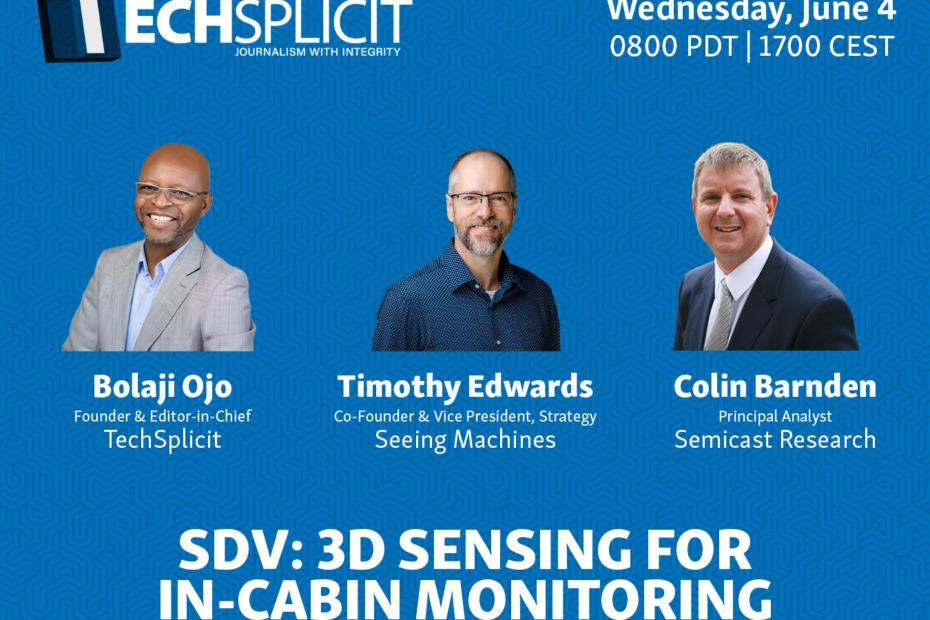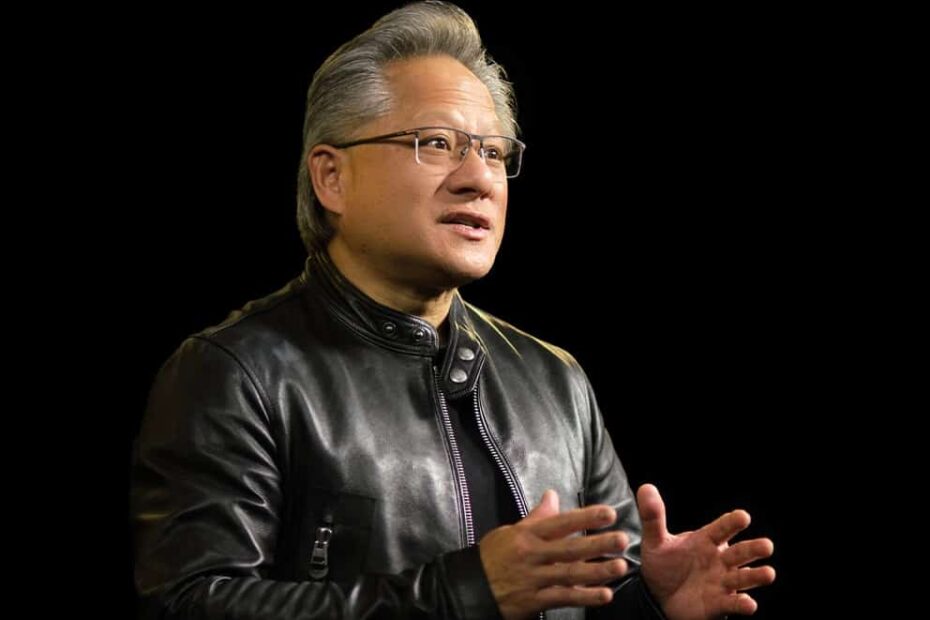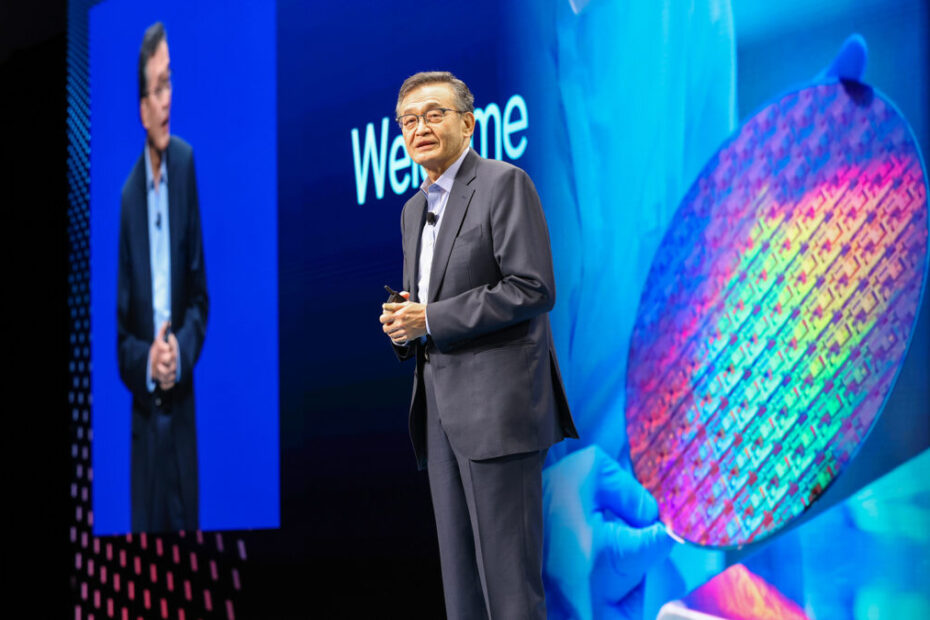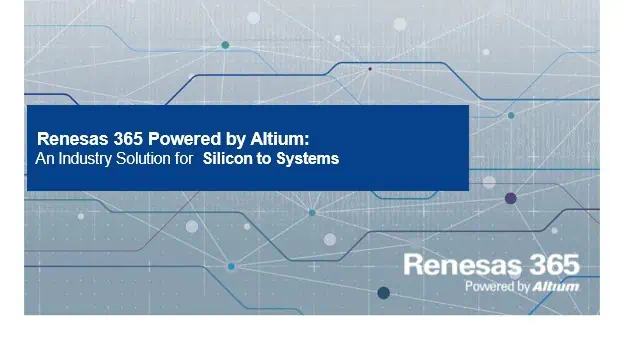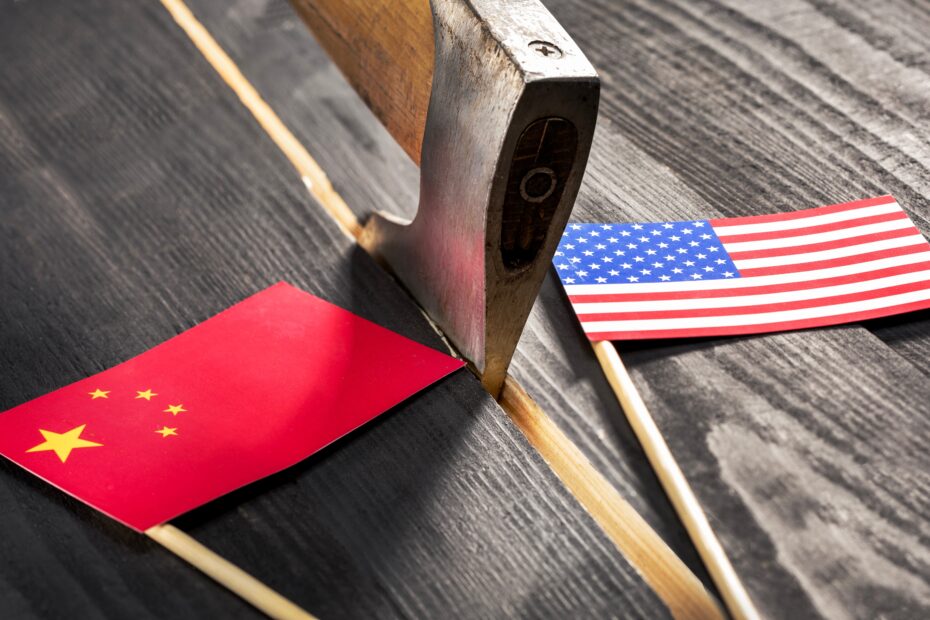By Bolaji Ojo
What’s at stake:
Lip-Bu Tan’s predecessor as Intel CEO wanted to build multiple new fabs in Europe and US. Chip equipment makers, fab shell builders, political leaders and communities were counting on the planned $100 billion-plus capex splurge. Will Intel revive Gelsinger’s dreams or were they so implausible from the beginning that it’s a risk Intel must avoid?
Lip-Bu Tan’s comments at his first analysts’ conference call as CEO at Intel Corp. included an indictment of the tenure of Patrick Gelsinger, his predecessor, and even some prior leaders of the chipmaker.
Tan didn’t mention any of Intel’s five past substantive CEOs – Gelsinger, Bob Swan, Brian Krzanich, Paul Otellini and Craig Barrett – by name. He may not have meant to indict these people, but the scathing verdict delivered by Tan about what Intel has become represents a condemnation of the company’s previous leadership.
“One of my biggest learning so far is that we need to fundamentally transform our culture and the way in which we operate,” Tan said. “Organizational complexity and bureaucracies have been suffocating the innovation and agility we need to win.” Intel had developed a “siloed” operating system,” Tan said. “I’m here to fix this.”
There is a lot hanging on Tan delivering that “fix.” For this report, though, we will focus on fabrication and process development plans made by his predecessor Gelsinger, who promised to help fabless chipmakers and governments in America and Europe resolve their dependence on semiconductor fabs based in Asia. During Gelsinger’s tenure, Intel announced plans to spend a range of $100 billion to $200 billion on new fabs and back-end processing facilities, most of them to be based in the United States. What will be the fate of Gelsinger’s promised fabs, the sites selected in Ohio, Magdeburg, Germany, and plans to help fund semiconductor education at community colleges in the United States?
Read More »Intel: Will Lip-Bu Tan Build Gelsinger’s Promised Fabs? 
